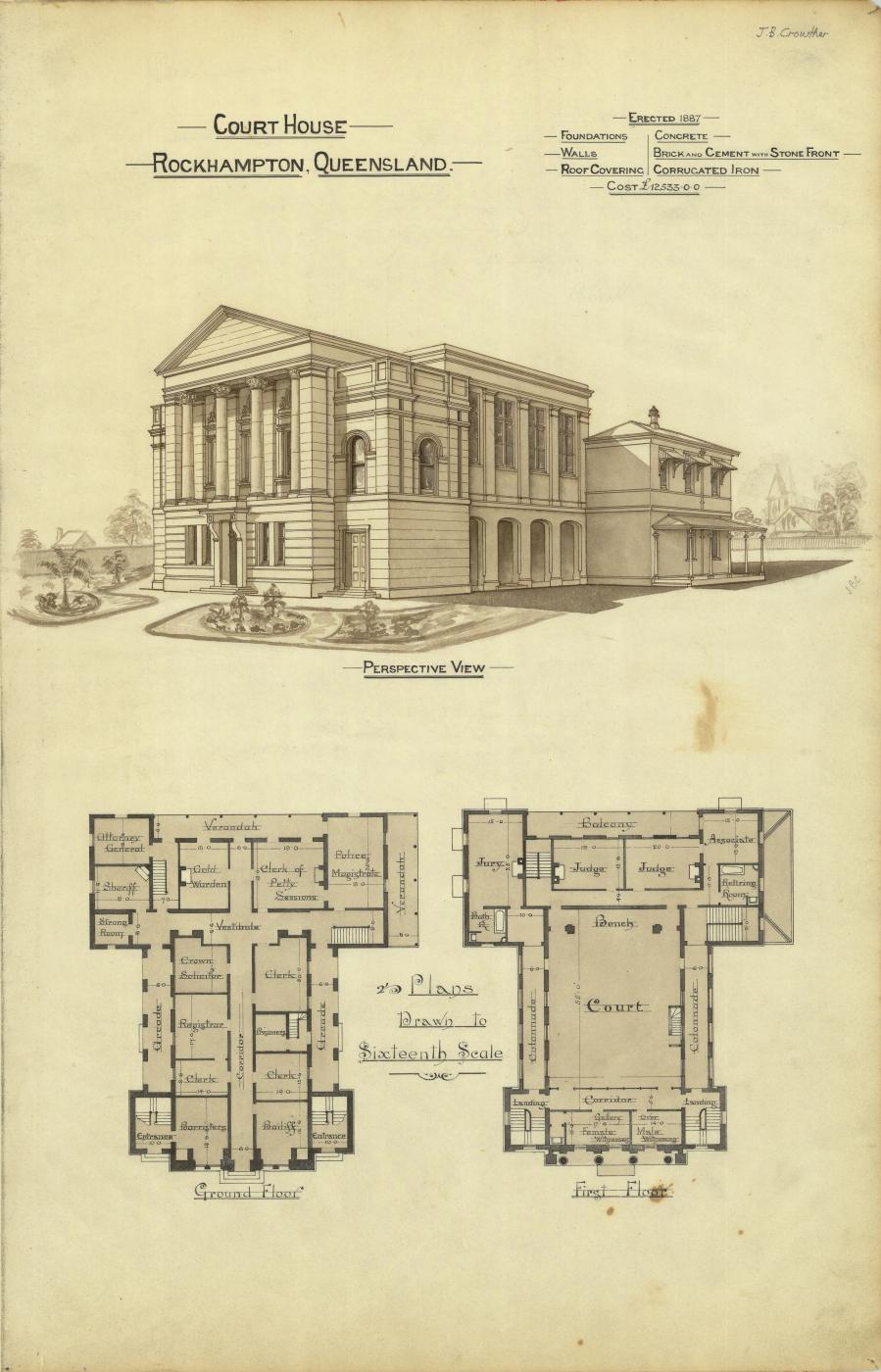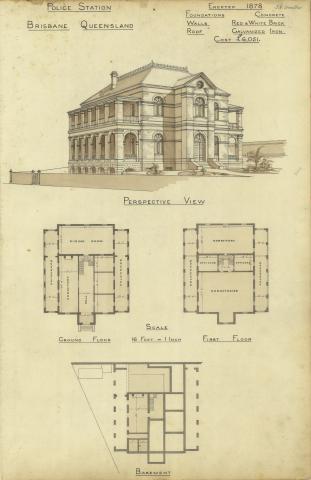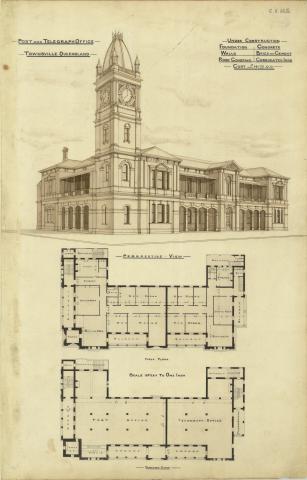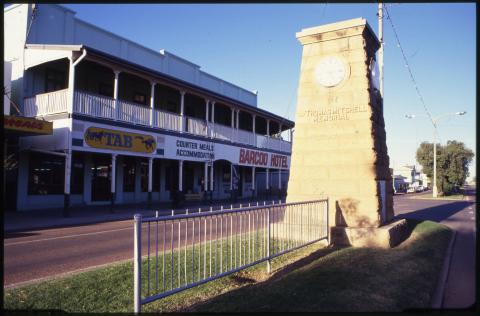
- News of the day
-
Morning Bulletin, Thursday 9 July 1936, page 29
Singers Once Sang In The Court House
Rockhampton Sees Entertainment Advances
Seventy-five years, producing successively the gramophone, motion pictures, wireless, and the talkies, have immeasurably widened Rockhampton's scope of entertainment.
A pioneer of 1861, who had to depend on periodic performances in the foreign atmosphere of the Court House for his theatrical fare, could scarcely have imagined such comparative pleasure palaces as Rockhampton boasts today.
That year of 1861, when the establishment of the "Rockhampton Bulletin" first allowed record and discus-ion of the affairs of the district, must have been a barren time for lovers of music and the theatre. The contrast
to today is sharply pointed by the fact that, where music teachers are now al-most as plentiful and imploring as insurance agents, one Rockhampton in-habitant lucky enough to possess a piano in 1861 had to advertise for someone to teach him to play it.
Few public buildings have fulfilled such a varied function as the 1861 Rockhampton Court House; had all the performers who trod its boards operated at once they must have made a strange concert. They included drunks, who sang a song of repentance in court hours; ministers and churchgoers, who repented with more sincerity on Sun-days; School of Arts subscribers, whose library was located at the Court House: and itinerant theatrical artists, who enlivened the town with occasional performances.
Theatrical audiences came in sulkies, buggies, German waggons or on horse-back. A horse in today's line-up of cars outside a picture theatre would be almost an oddity, but in 1861 horses of every size and colour stood outside the Court House, contentedly snuffling in their nosebags while they waited for "God Save the Queen" and their masters.
- Background
-
The booming economy of the Rockhampton region was to find an expression of its wealth in the public buildings constructed in the period of 1885-1910. An example of this is the Supreme Court building.
With the growth in population in Rockhampton and central Queensland, the Tiffin designed Court House was found to be inadequate to the demands being placed on it by the community. A petition had been put before the Minister for Works in October 1882, for a new Supreme Court House for Rockhampton.
To accommodate the increased needs of the judiciary a replacement Court House was under design in the period of 1884. The Architect of the second Court building was John James Clark, (1838-1915). Clark had been born in Liverpool in England, and attended the Collegiate Institute in Liverpool, where he was trained in architectural drawing. In 1853 his family emigrated to Victoria during the gold rush era. Clark had begun his career as an architect with the Office of the Victorian Colonial Architect. In 1881 he moved to New South Wales where he designed the Town Halls for Orange and Waverley in Sydney.
In 1883 Clark was appointed Queensland Colonial Architect. His best known public building was the Brisbane Treasury Building (Public Offices) (QHR 600143) designed in 1883. Clark was dismissed from the Office of Colonial Architect in 1885. During the period that he was Colonial Architect Clark was responsible for the design of several Court Houses in Queensland including Charters Towers (QHR 600403), Mackay (QHR 600673), and the Rockhampton Court House (1885-87).
Courtesy of the Queensland Heritage Register



